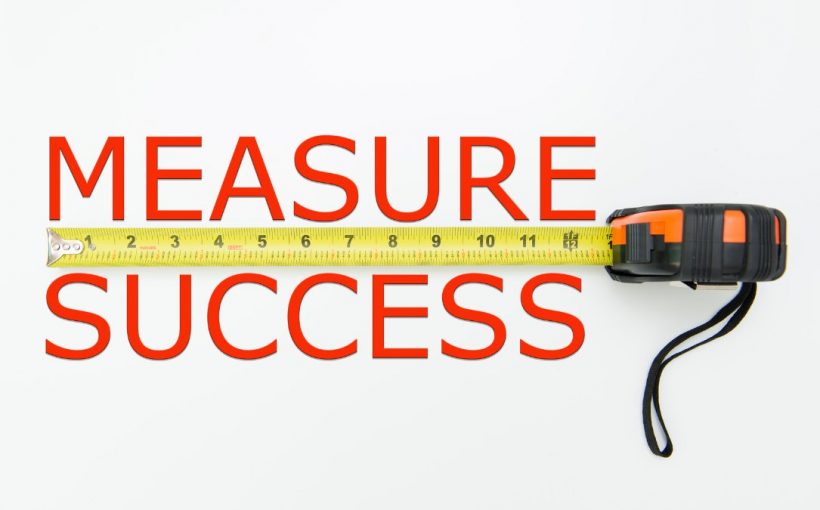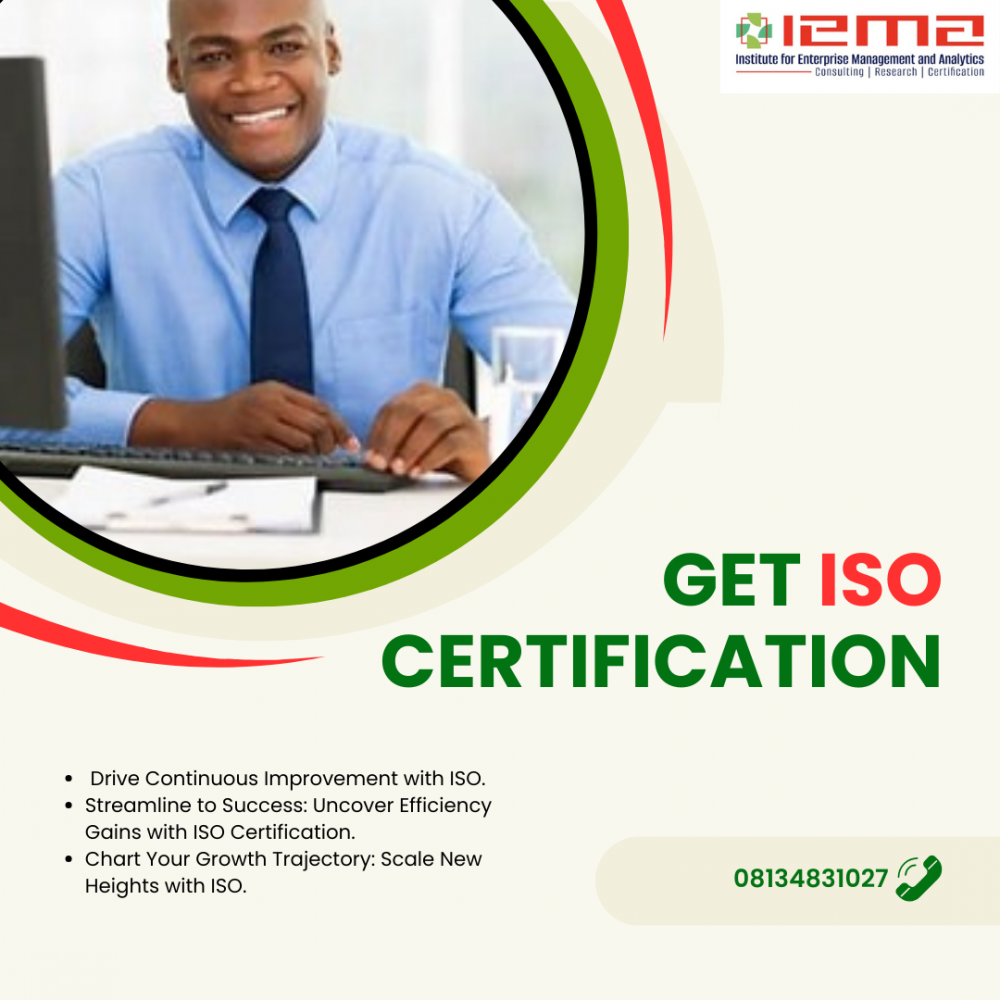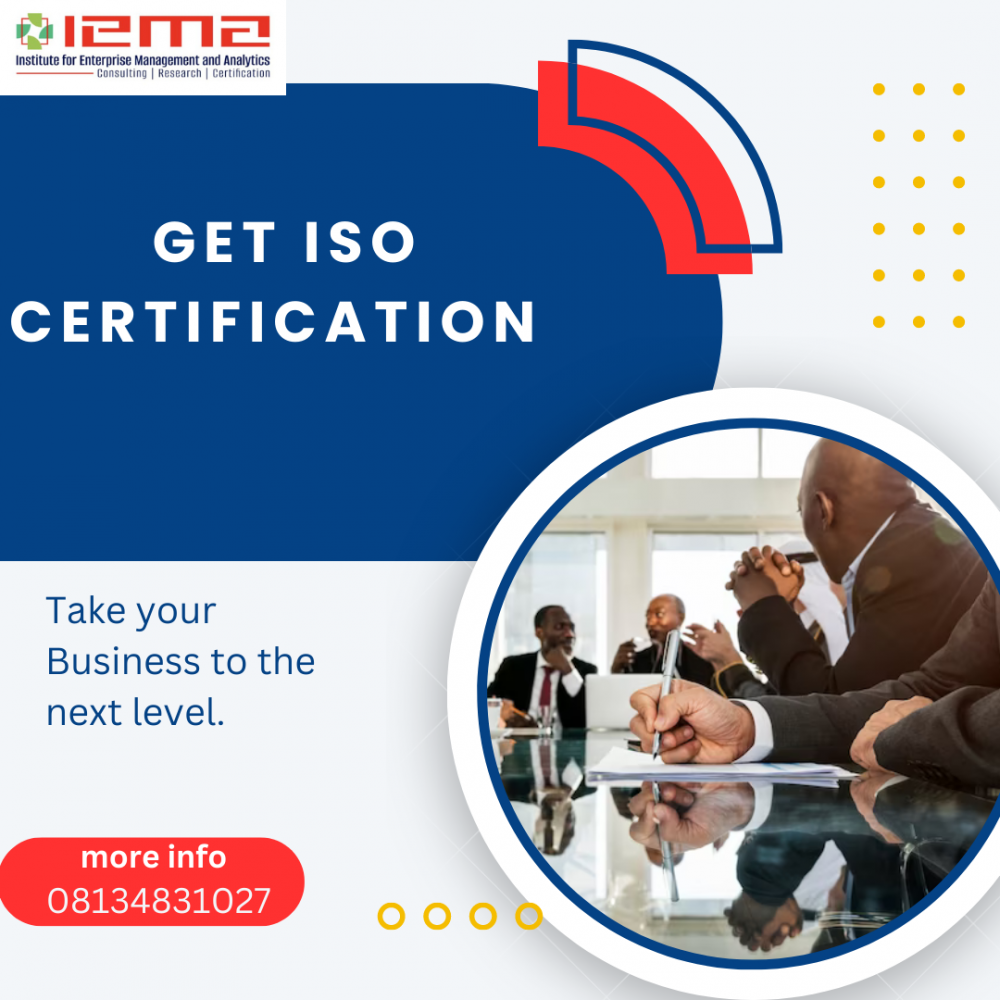Leadership is not just about having a title; it’s about achieving tangible results, inspiring teams, and driving organizational success. While leadership is often considered an art, it can also be quantified and assessed through specific metrics and Key Performance Indicators (KPIs). In this article, we’ll delve into the key metrics and KPIs that provide valuable insights into leadership effectiveness and success.
1. Employee Engagement and Satisfaction
Engaged and satisfied employees are more likely to be productive and committed to their work. Metrics related to employee engagement and satisfaction include:
- Employee Net Promoter Score (eNPS): This measures employees’ willingness to recommend their organization as a place to work.
- Employee Satisfaction Surveys: Regular surveys can gauge employee satisfaction, identifying areas for improvement and recognizing strengths.
2. Team Performance and Productivity
Effective leaders are instrumental in improving team performance and productivity. Metrics in this category may include:
- Team Goals Achievement: Evaluate whether teams are consistently meeting their goals and objectives.
- Key Project Milestones: Monitor the timely completion of critical project milestones and deliverables.
3. Employee Turnover and Retention Rates
High turnover rates can be costly and disruptive. Metrics related to turnover and retention include:
- Turnover Rate: Calculate the percentage of employees who leave the organization within a specific period.
- Retention Rate: Measure the percentage of employees who stay with the company over a given timeframe.
4. Leadership Development and Succession Planning
Effective leaders invest in developing their team members and planning for future leadership needs. Metrics in this area may include:
- Leadership Training Participation: Monitor the number of leaders participating in leadership development programs.
- Succession Pipeline Strength: Evaluate the readiness of potential leaders to step into leadership roles.
5. Innovation and Creativity
Leaders who foster a culture of innovation can positively impact an organization’s growth. Metrics related to innovation include:
- Number of New Ideas Generated: Track the quantity and quality of innovative ideas coming from teams.
- Successful Implementation of Innovation: Measure the rate at which innovative ideas are turned into successful projects or products.
6. Financial Performance
Leadership success often translates into financial success for the organization. Financial metrics may include:
- Revenue Growth: Assess the year-over-year increase in revenue generated by the organization.
- Profit Margin: Analyze the profitability of the organization, focusing on profit margins.
7. Customer Satisfaction and Loyalty
Leaders who prioritize customer satisfaction and loyalty contribute to long-term success. Metrics in this category include:
- Customer Satisfaction Scores (CSAT): Gauge customer satisfaction with the organization’s products or services.
- Customer Retention Rate: Measure the percentage of customers who continue to do business with the organization over time.
8. Ethical and Diversity Metrics
Leaders who uphold ethical standards and promote diversity and inclusion contribute to a positive organizational culture. Metrics in this area may include:
- Ethical Compliance: Monitor the organization’s adherence to ethical and legal standards.
- Diversity and Inclusion Metrics: Assess the diversity and inclusivity of the workforce and leadership team.
9. Leadership 360-Degree Feedback
*Collect feedback from peers, subordinates, and superiors to gain a holistic view of leadership effectiveness. This can include assessments of leadership skills, communication, and teamwork.
10. Personal Development Metrics
*Leaders who invest in their own personal development tend to be more effective. Personal development metrics might involve tracking progress in areas such as acquiring new skills, certifications, or industry knowledge.
A Comprehensive View of Leadership Success
Measuring leadership success goes beyond simply evaluating financial results. It involves assessing a range of factors that impact an organization’s culture, performance, and long-term viability. By using these key metrics and KPIs, organizations can gain valuable insights into the effectiveness of their leaders, identify areas for improvement, and drive continuous leadership development. Ultimately, successful leadership is about achieving positive outcomes for both the organization and its people.





Leave a Reply